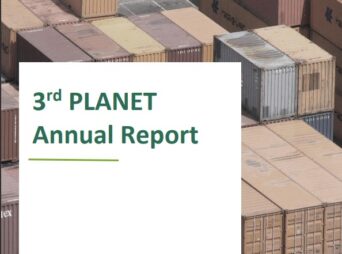ALICE organized together with PLANET, PILL and ePIcenter the online webinar Physical Internet: synergizing efforts via the ALICE liaison program.

The growing interest in the Physical Internet (PI) has led to many local, national and international projects/initiatives. Nevertheless, considering the complexity at many levels throughout the supply chain, interoperable systems and business solutions are necessary to make this innovative concept more tangible. The session will focus on PI network layers, service layers and intranets (local living labs). Four different projects and initiatives will present their work that touch upon different design settings and dimensions of freight flows in order to assess connectivity and interoperability opportunities. In other words, one’s last gateway (where flows end) is the first gateway (where flows start) of another company. The session’s objectives are to:
- Introduce physical internet architectures and their applicability via use cases
- Discuss how synergies can be leveraged across projects
- What data/information would need to be shared, and how could messaging, semantic technology (i.e., Web3.0) and other approaches help
- How could projects facilitate algorithm “borrowing” for routing and hub processes
- Explore what communication standards could be utilized in current and future endeavors
The session is part of the ALICE liaison framework which facilitates knowledge sharing, advances market uptake of innovation, and boosts impact of R&I projects. The full agenda is available here.
After a brief introduction of the PI principles, Kostas Zavitsas (VLTN) presented the PLANET’s vision and the PLANET’s solution (EGTN), Living Labs (LLs) and EGTN generic use cases. Kostas finalised PLANET’s presentation focusing on two PLANET’s tools: the multi-stakeholder multi-criteria perspectives and the synchro-modality – PI Hub Choice Model.
If you missed the webinar, don’t worry, the PLANET presentation and a recording of the event is available below!







